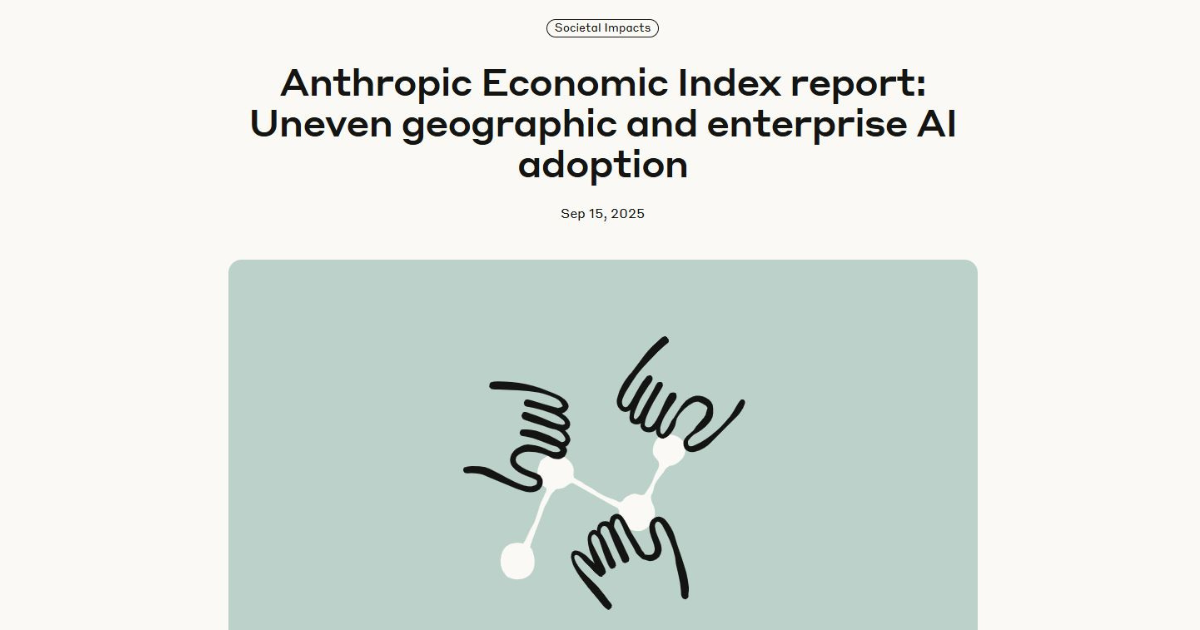The idea that AI simply “assists” or “augments” us is already feeling outdated. We are moving into a world of provisioned agents: digital workers that have identity, security, compute, and storage, and are deeply embedded in our workflows. These agents are not side tools. They operate within the same systems, use the same data, and follow the same permissions as human workers.
TL;DR
- Provisioned agents are AI workers with identity and system context.
- They plug directly into a company’s infrastructure, not operate as separate tools.
- These agents can do real work, not just answer questions.
- This shift demands new ways to measure output, organize teams, and secure access.
What Are Provisioned Agents?
A provisioned agent is a digital worker that is fully integrated into a company’s infrastructure. It has its own identity, secure access, and the context it needs to operate. Unlike chatbots or simple automation tools, these agents live inside real systems and workflows.
Human workers and these AI agents will use exactly the same systems, data stores, and permission settings. The agent logs in, follows access rules, accesses records, and participates in processes just like a person would. That is what makes them capable of doing substantive work – not just responding to prompts.
Why Provisioned Agents Matter
This shift changes how companies think about work, productivity, and scale. Rather than tracking tool usage, leaders will need to measure output from teams that include non-human workers. Productivity is no longer just about what people do, but about how well agents and humans collaborate.
Provisioned agents offer a new model for scaling work. They don’t clock out when humans do, don’t need vacation and run 24/7 on compute resources. As a result, companies can rethink capacity, team structure, and cost.
Security and Identity in the Age of Agents
When AI agents become workers, identity isn’t optional. These agents must be treated like non-human employees, with authenticated identities, scoped permissions, and lifecycle governance. According to CyberArk, AI agents represent a new class of privileged machine identities, and enterprises must treat them that way to avoid security risk.
Managing agents properly means ensuring they only get access when needed, and that their activities are logged, auditable, and revocable. Without these safeguards, autonomous agents could become a major risk vector.
Building Cognitive Infrastructure
What we are seeing is the start of cognitive infrastructure; an environment where digital workers operate in parallel with human teams, sharing systems and collaborating. Enterprise systems must evolve to support this.
Salesforce outlines an architecture where AI agents are not just add-ons, but full participants in enterprise workflows: provisioning their identity, reasoning with data, and making autonomous decisions.
This infrastructure shift is profound. It means companies must rethink IAM (Identity & Access Management), governance, and how work is allocated and measured.
Challenges Ahead
- Governance: Who oversees these agents? Human managers will still need real-time visibility and control over what agents do.
- Identity Lifecycle: Agents need identities that can be provisioned just-in-time, with permissions granted and revoked dynamically.
- Trust & Security: As agents act autonomously, organizations must manage them like privileged identities – with audit logs, access governance, and zero trust.
- Cultural Change: Teams need to adapt to a world where not all “workers” look human, and workflows must be redesigned for human-agent collaboration.
FAQs
What is a provisioned agent?
A provisioned agent is a digital AI worker that has its own identity and is fully embedded in a company’s systems, data, and workflows.
How does a provisioned agent differ from a chatbot?
Chatbots are tools; provisioned agents are digital employees. They log in, access data, follow permissions, and act autonomously.
Is this just science fiction?
No. Many companies are already piloting digital workers with agent identity, and security teams are building governance frameworks.
Is there a security risk?
Yes. These agents need identity and policy controls like any privileged user. Without them, they can become unchecked risk points.
How should companies prepare?
By revisiting their IAM architecture, defining agent identity policies, and building a cognitive infrastructure that supports both human and AI workers.
Conclusion
We are entering a new era: not of AI tools, but of digital workers. Provisioned agents will operate beside human teams, sharing systems, data, and responsibilities. This demands a shift in how we build infrastructure, think about identity, measure productivity, and design work.
The firms that embrace this change (who build systems for digital colleagues, not just tools) will lead the next wave of enterprise innovation.
Related content you might also like:
- From Assistant to Colleague: The Rise of Autonomous AI Agents
- 5 Rules for AI-First Shopping
- Building Your First AI Agent: What Financial Advisors Need to Know
- Generative AI Labor Market: Impacts on Jobs and Young Workers
- Show me the money might not hold for Gen Z



